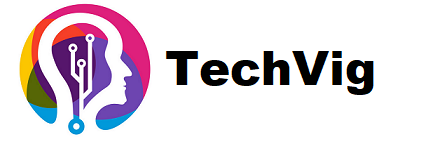Most people, if asked to define what it means to be an influencer, would probably say a large number of social media followers. And while this isn’t wrong, it’s not the only way to describe who’s an influencer, especially from the perspective of brands.
Engagement rate is another metric that can define someone’s success – or failure – as an influencer. And nowadays, many brands are trying to find influencers while prioritizing engagement instead of follower count. Let’s look at what engagement is, why it matters, and how you can evaluate it.
What is engagement?
Engagement rate is the level of interaction between an influencer and their followers. It shows how engaged followers are with the influencer’s content.
The idea is that the more followers like and trust in content, the more likely they are to engage, or interact, with it. These interactions vary based on the social network, but some common examples would be likes, comments, or shares.
Engagement rate varies depending on the social network and number of followers. So, it’s not fair to directly compare Youtube influencers and TikTokers when evaluating engagement rate. Likewise, you can’t compare Instagram influencers with 15K followers with those who have 150K.
How can I measure it?
How you measure engagement rate depends on how you search for influencers. There are a few ways to find influencers. You can search on social media yourself, subscribe to an influencer marketing platform, or hire an influencer marketing agency.
If you’re looking for influencers directly on social media, you’ll have to calculate engagement manually. Alternatively, you could ask the influencer for their internal performance data about engagement rate.
For a given post, add up the total interactions (likes + comments + etc), divide that total by the influencer’s number of followers, and then multiply that number by 100. This shows you the engagement rate for that specific post. Take the engagement on a sample of posts to see the influencer’s average rate.
On the other hand, if you’re using an influencer marketing platform, you can easily see an influencer’s engagement rate. The platform’s analytics software will automatically compare an influencer’s engagement to that of their peers. Agencies will also have a tool like this to provide you with engagement data.

In this engagement analysis, we can see that micro influencer @valeskaschneider has a high engagement rate when compared to other Instagram influencers with 15K-50K followers.
Why does it matter to brands?
When an influencer has a strong connection with their followers, they can leverage that for the brands they promote. If the followers trust the influencer’s opinions, they’re more likely to trust in brands recommended by that influencer.

An analysis of past branded content by @valeskaschneider, showing that she achieved a 5.1% engagement rate on this post for German bank @dkb.de.
However, good engagement alone isn’t enough to get an influencer’s audience invested in your brand or its products. You also need to choose influencers who align with your brand with respect to the category of and style of content they post. An influencer needs to make sense with your brand, or else the collaboration will come across as inauthentic and forced.
What else can engagement tell us?
Engagement rate can also reveal potential influencer fraud. Extreme engagement on both ends of the spectrum is something to look out for, although the reasons are different.
If engagement is very low, it could mean that people just aren’t interested in the influencer’s content. Or, it could show that the influencer bought fake followers. These bots increase follower count, but they don’t interact with content, and therefore end up driving down engagement rate.
If you see extremely high engagement, it could show just the opposite: that the influencer bought fake engagements. It’s easy enough to buy fake likes or comments for social media. And although these increase engagement rate, they don’t show genuine interest from real people. If an influencer’s engagement rate looks too good to be true, it may be just that.

An analysis that shows suspiciously high engagement. An influencer marketing platform will notify you when engagement looks too high in comparison to the average for that follower segment.
Conclusion
Engagement rate is an important metric to consider when choosing influencers for your brand’s social media marketing campaigns. Prioritizing influencers with good, healthy engagement gives you a better chance of connecting with their followers and giving them a good impression of your brand.







